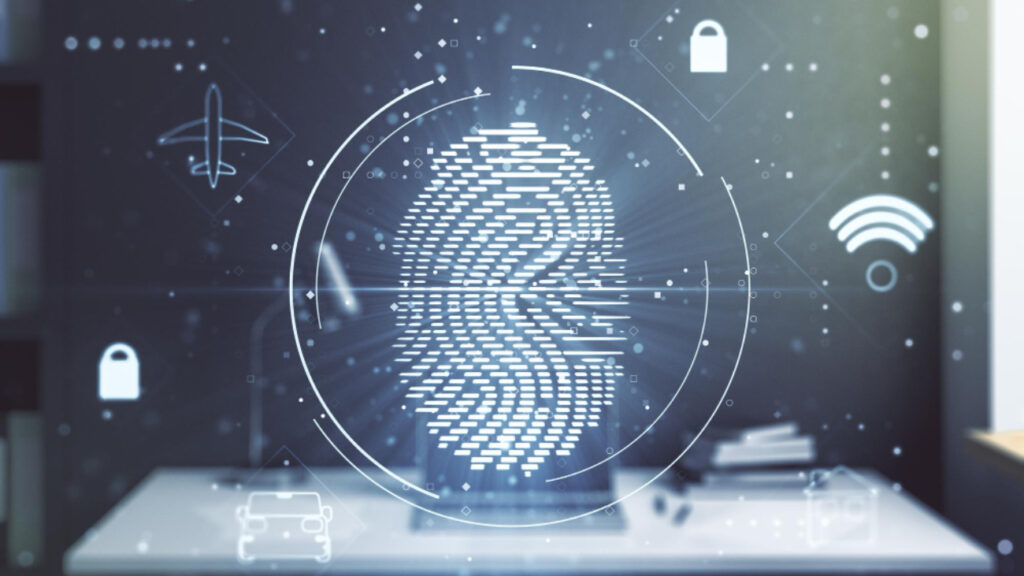The transition to remote and hybrid work has reshaped the enterprise security landscape permanently stated Bahaa Abdul Hadi. While dispersed teams bring flexibility and productivity, they also expand the attack surface area and create risks related to unsecured devices, untrusted networks, and identity-based threats.
What is Risk-Based Authentication for Remote Access?
Risk-Based Authentication dynamically evaluates each login attempt by analyzing contextual and behavioral signals in real time. It then enforces appropriate authentication measures based on the calculated risk. This is especially crucial for remote users, who may access systems from unfamiliar locations, devices, or networks.
- Factors like geolocation, device health, IP reputation, and time of access help assess the context of the request.
- Behavioral data such as typing speed, session patterns, and navigation habits inform user legitimacy.
- Based on a risk score, RBA can enforce adaptive actions—allowing, challenging, or denying access.
This approach allows legitimate users to enjoy frictionless access while elevating scrutiny for anomalous behavior—ensuring security without hampering productivity.
Why RBA Matters for Remote Workforce Security
Traditional perimeter-based security no longer applies in a world where employees work from coffee shops, home offices, and co-working spaces. RBA strengthens identity-centric security models by offering:
- Dynamic Access Control: Access permissions adapt in real time to evolving threat signals, reducing reliance on static rules.
- Improved User Experience: Low-risk users are not burdened by constant MFA prompts, keeping workflows smooth.
- Insider Threat Detection: Subtle behavioral deviations can highlight compromised credentials or malicious intent.
- Context-Aware Flexibility: Access policies vary intelligently by role, location, device, or department, ensuring both compliance and usability.
RBA provides a balance between robust defense and operational agility—two critical requirements in the remote era.
Enabling Technologies for RBA in Remote Environments
Deploying effective RBA for remote users requires integration across several security tools and platforms:
- Endpoint Detection and Response (EDR): Feeds endpoint posture and health data into the RBA engine.
- Identity Providers (IdPs): Core to RBA, these systems analyze authentication events in real time and integrate with SSO and MFA tools.
- Behavioral Analytics: Tracks user interaction across sessions to build behavioral baselines for each individual.
- Zero Trust Architecture: Complements RBA by ensuring “never trust, always verify” across users and devices.
- Security Information and Event Management (SIEM): Aggregates RBA signals for visibility, threat hunting, and incident response.
A well-integrated RBA strategy ensures consistency, scalability, and centralized control across remote user access.
Designing a Resilient Authentication Experience for Remote Teams
To optimize RBA for remote workforces, organizations should:
- Segment users based on role, location, and access needs to define flexible but enforceable policies.
- Use geofencing and IP intelligence to flag abnormal access attempts.
- Incorporate device trust scores into authentication decisions, allowing secure access from managed devices.
- Adopt continuous risk evaluation, not just at login, but across user sessions to detect session hijacks or credential misuse.
- Integrate self-service recovery options to help users verify identity securely if access is challenged.
These strategies make authentication more adaptive and aligned with a mobile-first, decentralized work culture.
Conclusion
With the remote work model becoming mainstream, once static security policies don’t cut it anymore. Risk-Based Authentication allows organizations to continuously assess user risk and react in real-time, offering dynamic app protection without sacrificing usability. RBA gives enterprises an opportunity to offer a secure access environment without compromising flexibility, keeping out threats while allowing good users in. Thank you for your interest in Bahaa Abdul Hadi blogs. For more information, please visit www.bahaaabdulhadi.com.







